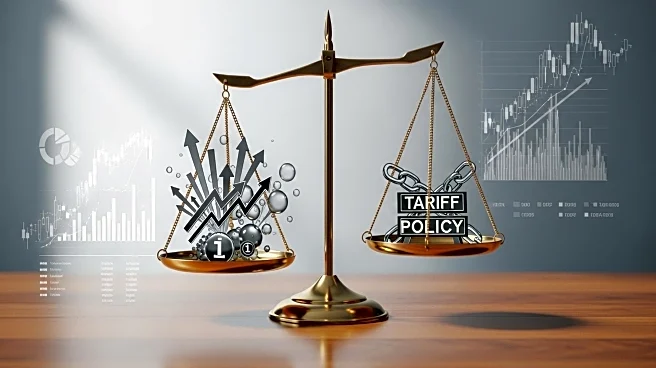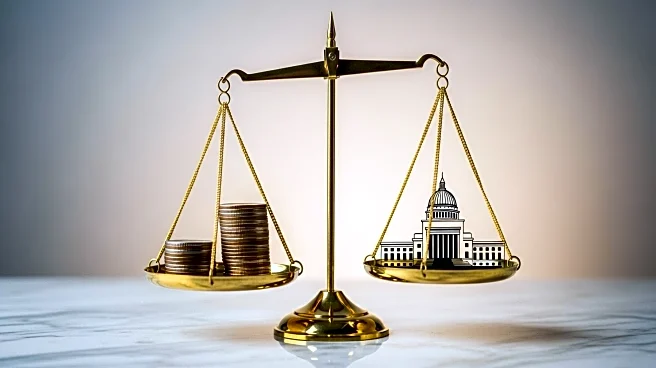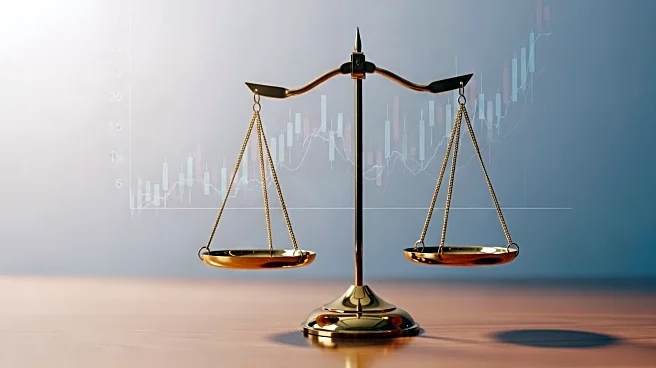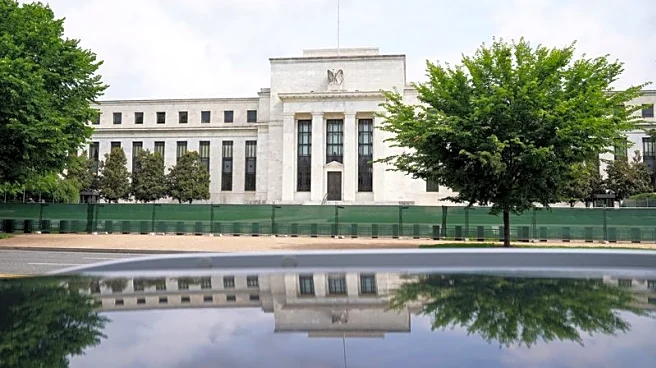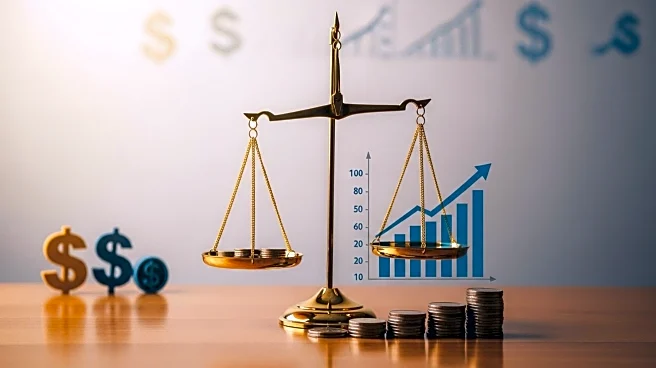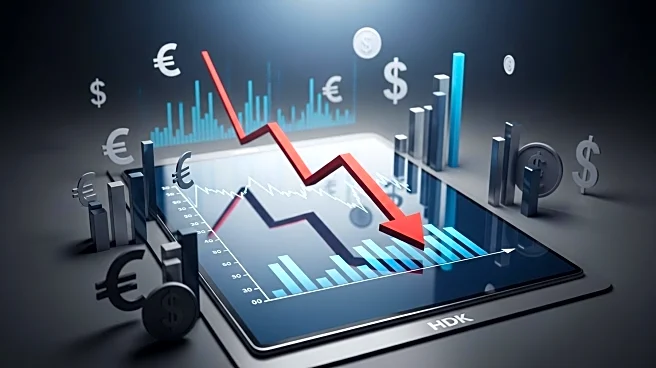What's Happening?
Inflation in the U.S. rose to 2.9% in August, driven by President Trump's tariff policies, according to the Bureau of Labor Statistics. This marks an increase from the previous month's 2.7% and is the highest since January. The Federal Reserve is set to announce a potential interest rate cut, but the inflation data may complicate this decision. Housing and food prices contributed significantly to the inflation rise, with housing costs up 0.4% and food prices up 0.5%. The labor market shows signs of weakening, with a decrease in hiring and a revision of job growth estimates.
Why It's Important?
The rising inflation, coupled with a slowing labor market, presents a challenging scenario for the Federal Reserve. The potential for 'stagflation'—a combination of stagnant economic growth and high inflation—poses risks to economic stability. The Fed's decision on interest rates will have significant implications for economic policy, potentially affecting borrowing costs, consumer spending, and overall economic growth. The situation underscores the complex interplay between trade policies and domestic economic conditions.
What's Next?
The Federal Reserve is expected to cut interest rates in its upcoming meeting, with markets predicting further cuts later in the year. This decision will be critical in shaping economic policy and addressing the dual challenges of inflation and a weakening job market. Stakeholders, including businesses and consumers, will need to monitor these developments closely as they navigate the economic landscape.
